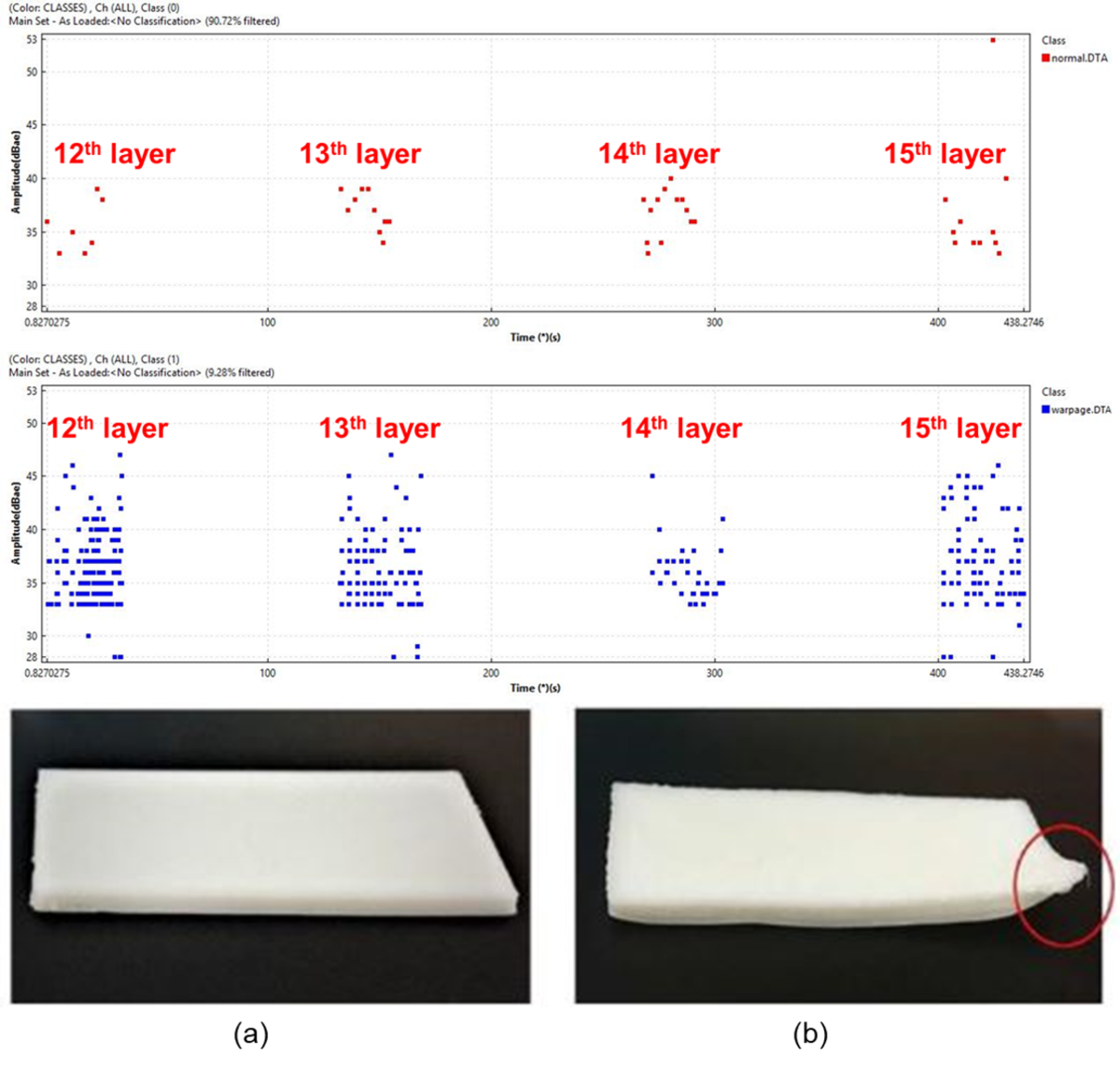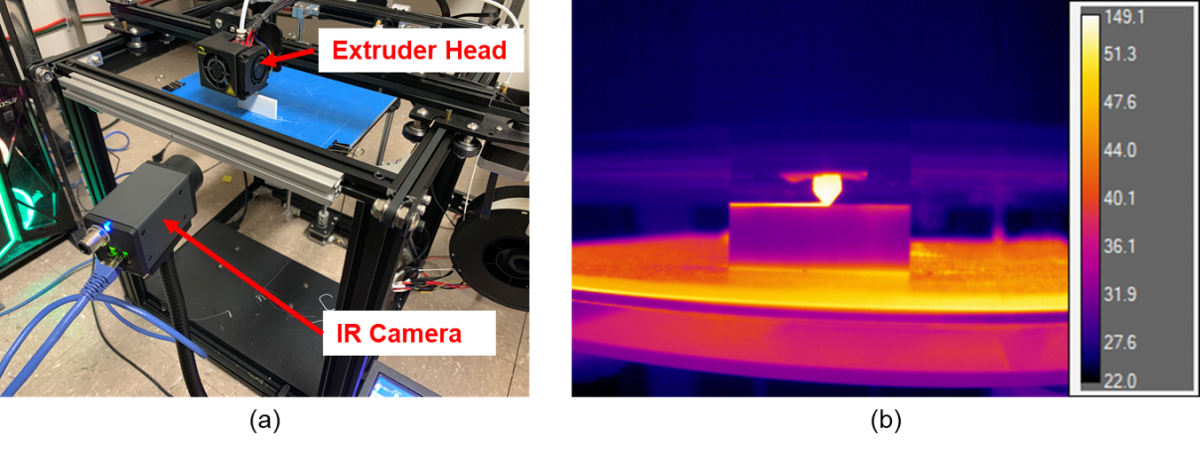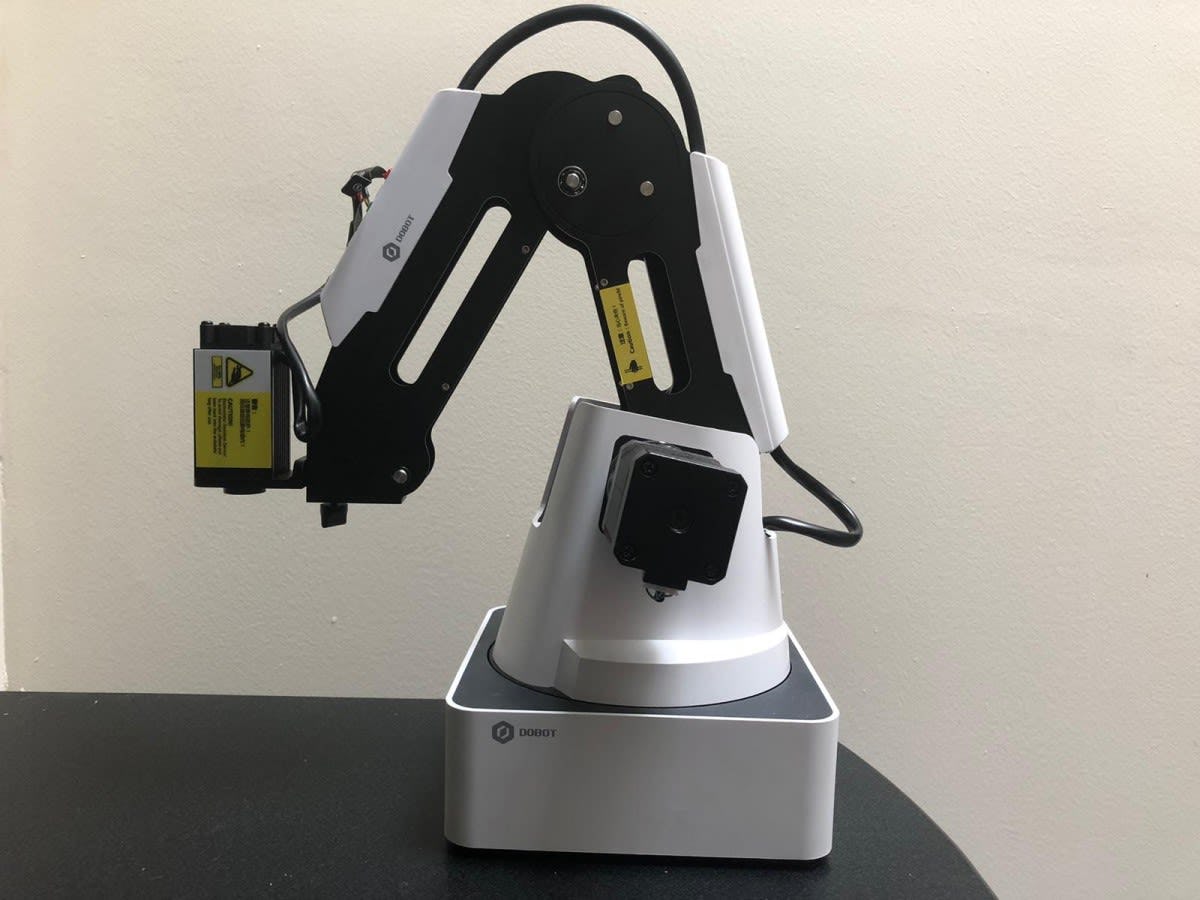Stevens Professor Aims to Add Functional Reliability and Repeatability to the Fit and Form of Additive Manufacturing
A unique mix of physical observations and data fusion is helping bring consistency to this swiftly evolving technology
In the past 30 years, additive manufacturing, which involves 3D printing, has experienced rapid growth. Today, the technology can deliver anything from machinery parts and models of molecules, to artificial organs and unmanned aircraft—and even face shields that an enterprising Stevens undergraduate is churning out for regional medical centers amidst the COVID-19 crisis.
However, process monitoring and quality control have not fully kept pace with this exciting technology, and ensuring the strict standardization and validation required for industrial additive manufacturing can be a challenge. That’s why Souran Manoochehri, Ph.D., professor and chair of the Department of Mechanical Engineering at Stevens Institute of Technology, and a team of four Ph.D. candidates are studying techniques to more closely monitor and control the fabrication process.
Getting a sense of the situation with multi-sensory observations
Manoochehri co-founded the Stevens Design & Manufacturing Institute in the 1990s, and more recently led the creation of a popular graduate certificate in additive manufacturing. For the past six years, he has been working with polymeric materials to predict, standardize, and validate the quality of the parts and processes of additive manufacturing technology, and to simplify the overall processes so that more focus can be placed on design innovation.
“After having been involved with many fabrication methods involving polymer composites, resin transfer molding, metallic and sheet metal forming, and microfabrication, additive manufacturing definitely interested me,” he explained. “But I soon recognized that while it’s a remarkable way to deliver creative and customized designs, the rapid prototyping for which most 3D printers are best-known cannot yet ensure the standard quality of the fabricated parts. I wanted to investigate the process fundamentally, going step-by-step to understand how defects accumulate.”
Manoochehri and four Ph.D. candidates study the process of creating simple geometric figures with specific features such as holes, steps, or grooves. These real-time observations are informing a machine learning prediction model to help prevent defects, quickly classify any anomalies, and modify the process parameters to eliminate variations.
For their observations, they use a complex array of four sensor-based systems—computer vision, acoustic emission, infrared imaging, and laser treatment:
Sight: Computer Vision System. The team uses a charge-coupled device (CCD) camera and a laser scanner to visually monitor the fabricating parts to detect features, measure dimensions, and identify defects throughout the layering process.
Sound: Acoustic Emission System. By using strategically placed sensors to observe the sounds and frequencies of the elastic stress waves generated by the rapid release of energy in the material during additive manufacturing, Manoochehri and his team can literally hear where and how abnormalities arise.
Temperature: Infrared Imaging Technology. The polymer’s temperature at each stage of the process can also indicate alignment with given parameters, so the team uses a thermal camera to capture the thermal profiles of the parts as they are being manufactured.
Layer by Layer: Laser Treatment. Fused deposition modeling (FDM) additive manufacturing enables complex geometries and facilitates design changes, but leaves ample opportunity for defects that can quickly cause dimensional inaccuracies and buildup errors with each successive layer. A CO2-based laser system is allowing Manoochehri and his team to not only scan and analyze the comprehensive formation of the part, but also to laser-treat the printed part to correct issues.
Fusing Data for Form, Fit, and Function
Not surprisingly, all of this research has yielded massive data sets for analysis.
“A part may have 200 layers, and in each layer, we’re collecting complex real-time data in multiple areas,” Manoochehri said. “Fusing the data from these four methods so the sum is greater than each individual part brings us into an area of big data, machine learning, and artificial intelligence. That’s how we can analyze and classify issues to guide and fine-tune the process to develop a consistently failure-free product for any kind of production parts.”
Manoochehri believes this multi-sensor environment and data fusion approach are unique in studying additive manufacturing from multiple perspectives. “Additive manufacturing is still relatively primitive and will need to progress quite a bit to deliver the more-than-99-percent-accurate quality and assurance that are required in cutting-edge industries such as aerospace, automotive, and medical devices and implants,” he said. “We’re using all existing physics to develop effective software and hardware to monitor and control the process so additive manufacturing can truly become a reliable source of form, fit, and function.”
Learn more about mechanical engineering at Stevens:








